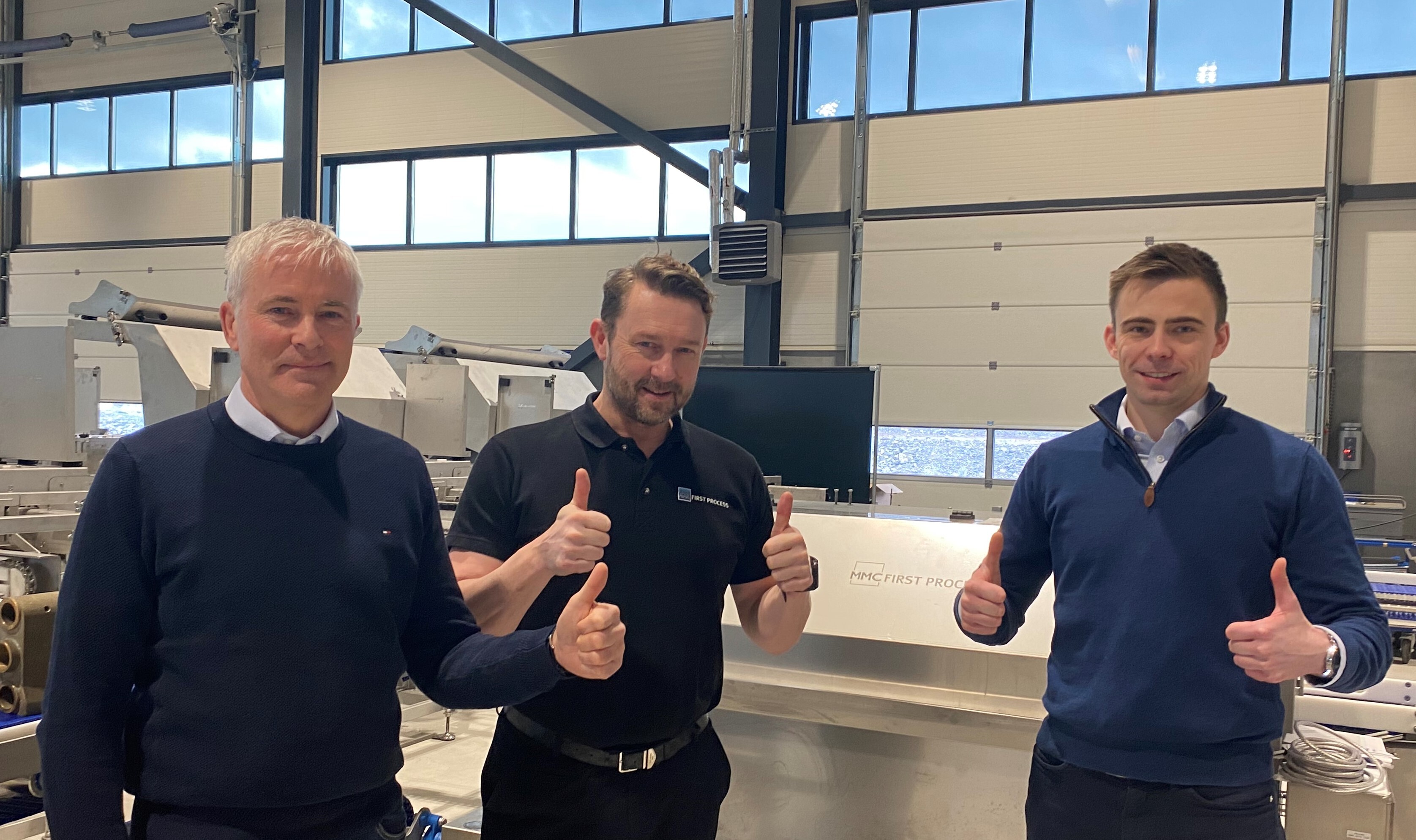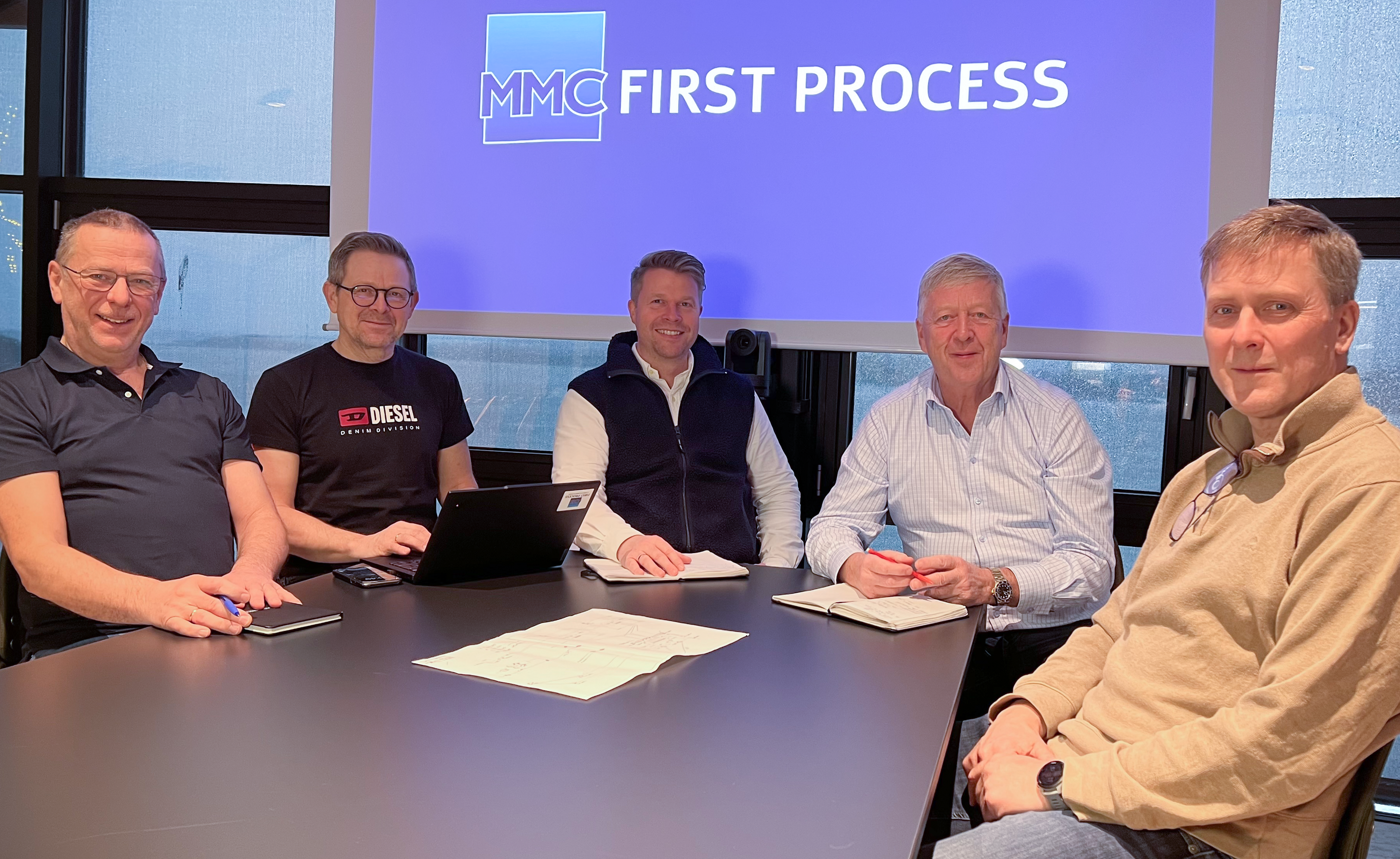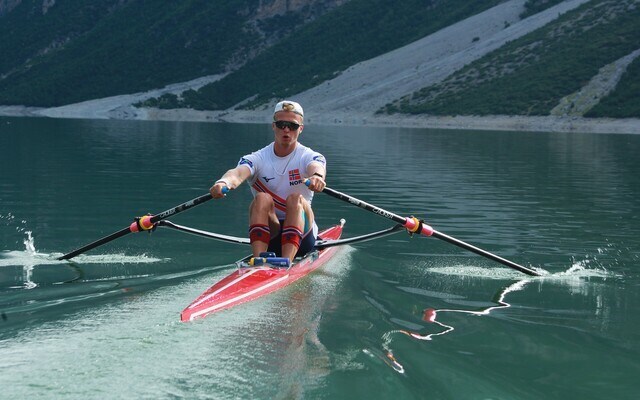Transformation of the pelagic industry starts in Irland
MMC First Process signs a contract on the first value-added plant for the pelagic industry with WARD Fish Group

The aquaculture industry is at a crossroad, to deliver annual production growth to meet the need for food and food security from a growing population and an increasing middle class.
Wild catch is stagnating, and aquaculture represents an environmentally sustainable and healthy alternative to wild catch and meat. Increased consumption of seafood supports several of the United Nations Sustainability Goals. Global aquaculture needs to expand to meet global demand for seafood and proteins. Norway is the largest producer of farmed salmon and trout in the world and demand growth is constrained by supply growth primarily limited by three constraints which lower volume volatility significantly: regulations, biology and tax effects.
Norway produces approximately 47 million salmon meals per day and through innovative solutions and improved operations this production volume has the potential to double within the next decade if we can crack the code. Due to increasing global tension, uncertainty and wars, there is an ever-growing need for food security. By Norway doubling aquaculture production capacity, Norway can secure food and be a significant provider to Europe’s 750 million inhabitants.
The Norwegian Government issued Havbruksmeldingen, a white paper on the 10th of April 2025 calling for a major transformation of the aquaculture industry, with the goal of enabling sustainable growth and value creation along the Norwegian coastline. The direction is clear, fish welfare must be improved and documented, loss of fish will be costly, environmental impact must be significantly reduced, and technology and new solutions will help to get there.
The industry has asked for stable and predictable framework conditions at a challenging time, and Havbruksmeldingen entails a total restructuring of the permit system and lice regulation. Such significant restructuring was hardly what the aquaculture industry expected, and the desire for stability and a predictable framework has partly been replaced by increased uncertainty.
In early June, Havbruksmeldingen was debated in Parliament, and Arbeiderpartiet, Senterpartiet, SV, Høyre and Fremskrittspartiet reached a common understanding and are now broadly aligned on the regulation of the aquaculture industry.
Until the new regulatory system is in place, the current arrangement for aquaculture with a traffic light system and MTB (maximum allowed biomass) will continue. Additionally, there will be incentive mechanisms to reduce the environmental footprint.
Time will tell whether the measures proposed by the labor-run Government will be suitable for contributing to increased growth, profitability and competitiveness in the aquaculture industry. Havbruksmeldingen is neutral with regard to selection and decision on technology and solutions, which is well received by the industry. The incentives to take care of the fish and control lice will be the two main drivers to improve reputation. The challenge is that the industry has ongoing challenges that are unsustainable and must be solved promptly.
Innovative suppliers and technological offerings focused on fish welfare and reducing spreading of infection play a central role in increasing production. With salmon growth linked to sea lice levels, the industry has increased investments in order to prevent and mitigate sea lice and disease affects without significant success. Although technological solutions such as Stingray and Optiscale and submerged, semi closed and closed pens are demonstrating progress.
I am convinced that our company and the industry can lead the way by offering sustainable solutions and make the changes necessary for those who invest in documented fish welfare and data-driven solutions, there will be significant competitive advantage.
Want to learn more about how we work for sustainability? Read our Sustainability report for 2024

MMC First Process signs a contract on the first value-added plant for the pelagic industry with WARD Fish Group

MMC First Process has developed and sold the first newly designed circulation system; AQU Green Circ for wellboats The AQU Green Circ system for...

Martin Helseth vil bidra med å være sparringspartner for MMC First Process sin bærekraftstrategi, samt samfunnsoppdrag innen plastrydding og...